9 Years In The Making, All Our Best Geometry In One Place. ❤, NakGeo

9 years in the making, all our best geometry in one place. ❤, NakGeo
More Posts from Hannahhaifisch and Others

Let it go ❄
(snowflake designs by Tomoko Fuae, Joseph Wu, Shuzo Fujimoto, and Dennis Walker)
#snowflakes #origami #paperart #papercraft #paper #art #craft #design #sculpture #daily #illustration #instaart #instaartist #snow #snowflake #winter #ice #frozen #elsa #papersnowflakes

Another Ferrofluid representation

Hannah Reber, “snowmotion”, 2013, video study


Sentinels of the Arctic http://go.nasa.gov/2n1ynuo


Moss Green Halite
Locality: Sieroszowice Mine, Lower Silesia, Poland
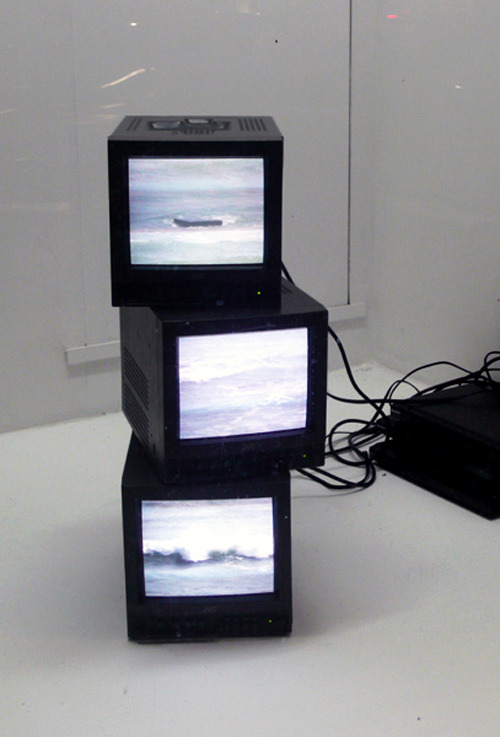
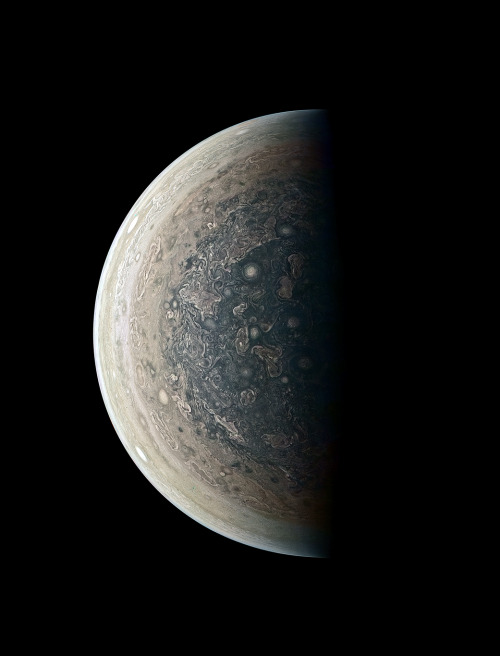
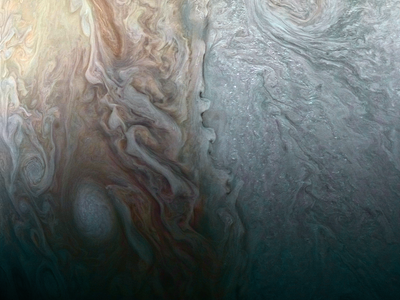



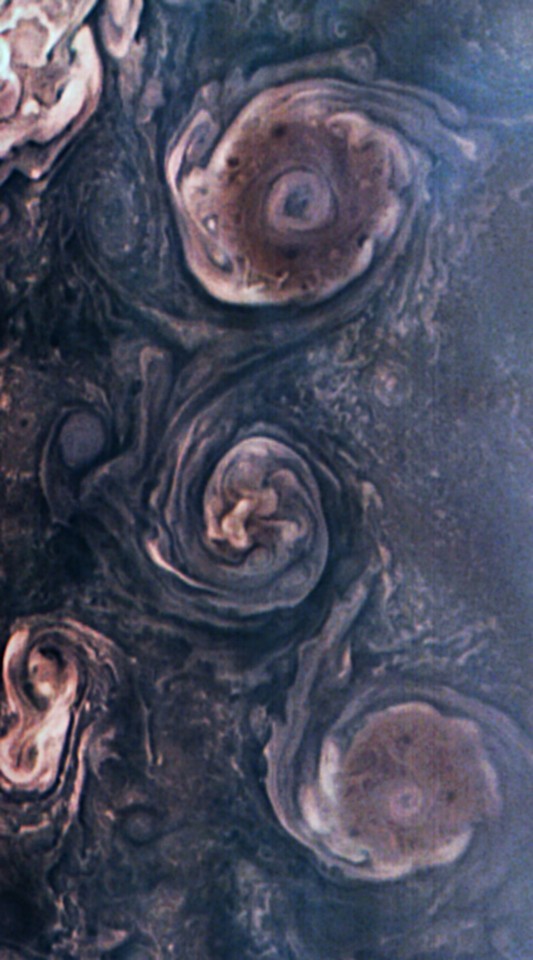



Images of Jupiter taken by JunoCam on NASA’s Juno spacecraft.

Mission Juno
Juno is a NASA spacecraft. It is exploring the planet Jupiter. Juno launched from Earth in 2011. It reached Jupiter in 2016. That was a five-year trip!
The name “Juno” comes from stories told by the Romans long ago. In the stories, Juno was the wife of Jupiter. Jupiter hid behind clouds so no one could see him causing trouble. But Juno could see through the clouds.
Juno has science tools to study Jupiter’s atmosphere. (The atmosphere is the layer of gases around a planet.) Juno will take the first pictures of Jupiter’s poles. The spacecraft will study the lights around Jupiter’s north and south poles, too.
Juno will help scientists understand how Jupiter was made. The spacecraft will help them learn how Jupiter has changed, too. The new discoveries can help us understand more about our solar system.
Sound of Jupiter’s Magnetosphere: Click here
Credit: NASA / JPL-Caltech / Mission Juno / Jason Major / Luca Fornaciari / Gerald Eichstädt
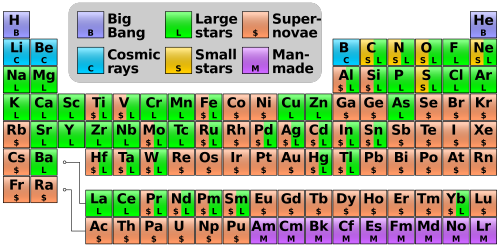
Where Your Elements Came From
The hydrogen in your body, present in every molecule of water, came from the Big Bang. There are no other appreciable sources of hydrogen in the universe. The carbon in your body was made by nuclear fusion in the interior of stars, as was the oxygen. Much of the iron in your body was made during supernovas of stars that occurred long ago and far away. The gold in your jewelry was likely made from neutron stars during collisions that may have been visible as short-duration gamma-ray bursts. Elements like phosphorus and copper are present in our bodies in only small amounts but are essential to the functioning of all known life. The featured periodic table is color coded to indicate humanity’s best guess as to the nuclear origin of all known elements. The sites of nuclear creation of some elements, such as copper, are not really well known and are continuing topics of observational and computational research.
Image Credit: Cmglee (Own work) CC BY-SA 3.0 or GFDL, via Wikimedia Commons
-
 sozeugs liked this · 4 weeks ago
sozeugs liked this · 4 weeks ago -
 profumoirriverente liked this · 4 months ago
profumoirriverente liked this · 4 months ago -
 tadeuszip reblogged this · 6 months ago
tadeuszip reblogged this · 6 months ago -
 diracarrot liked this · 9 months ago
diracarrot liked this · 9 months ago -
 itsjonhyjay liked this · 10 months ago
itsjonhyjay liked this · 10 months ago -
 sockidemic liked this · 10 months ago
sockidemic liked this · 10 months ago -
 flemfade liked this · 1 year ago
flemfade liked this · 1 year ago -
 bananaede reblogged this · 1 year ago
bananaede reblogged this · 1 year ago -
 bananaede liked this · 1 year ago
bananaede liked this · 1 year ago -
 im-out-with-lanterns reblogged this · 1 year ago
im-out-with-lanterns reblogged this · 1 year ago -
 tchiiw liked this · 1 year ago
tchiiw liked this · 1 year ago -
 free0spirit liked this · 1 year ago
free0spirit liked this · 1 year ago -
 itsnashthings liked this · 1 year ago
itsnashthings liked this · 1 year ago -
 hecalaro liked this · 1 year ago
hecalaro liked this · 1 year ago -
 alwayselusivelove liked this · 1 year ago
alwayselusivelove liked this · 1 year ago -
 cho-yongchul liked this · 1 year ago
cho-yongchul liked this · 1 year ago -
 diavolaangelica liked this · 1 year ago
diavolaangelica liked this · 1 year ago -
 untitledd-a liked this · 1 year ago
untitledd-a liked this · 1 year ago -
 lauradipjama reblogged this · 1 year ago
lauradipjama reblogged this · 1 year ago -
 lauradipjama liked this · 1 year ago
lauradipjama liked this · 1 year ago -
 elle-mood reblogged this · 1 year ago
elle-mood reblogged this · 1 year ago -
 elle-mood liked this · 1 year ago
elle-mood liked this · 1 year ago -
 healing4thabaddies liked this · 1 year ago
healing4thabaddies liked this · 1 year ago -
 asapsofty liked this · 1 year ago
asapsofty liked this · 1 year ago -
 wordtune liked this · 1 year ago
wordtune liked this · 1 year ago -
 f0ba reblogged this · 1 year ago
f0ba reblogged this · 1 year ago -
 grungegirl1988 liked this · 1 year ago
grungegirl1988 liked this · 1 year ago -
 pepettoblog liked this · 1 year ago
pepettoblog liked this · 1 year ago -
 androgynous50 liked this · 1 year ago
androgynous50 liked this · 1 year ago -
 iconomiccc reblogged this · 1 year ago
iconomiccc reblogged this · 1 year ago -
 groovy-gyros reblogged this · 1 year ago
groovy-gyros reblogged this · 1 year ago -
 groovy-gyros liked this · 1 year ago
groovy-gyros liked this · 1 year ago -
 m1o5n2d9a3y0m1o0n2d0a2y3 reblogged this · 1 year ago
m1o5n2d9a3y0m1o0n2d0a2y3 reblogged this · 1 year ago -
 ruby-jubilee liked this · 1 year ago
ruby-jubilee liked this · 1 year ago -
 playerzl liked this · 1 year ago
playerzl liked this · 1 year ago -
 maison-bulle-internationale reblogged this · 1 year ago
maison-bulle-internationale reblogged this · 1 year ago -
 aussieblokesnmore liked this · 1 year ago
aussieblokesnmore liked this · 1 year ago -
 bigflopp liked this · 1 year ago
bigflopp liked this · 1 year ago -
 aliumraptureeee liked this · 1 year ago
aliumraptureeee liked this · 1 year ago -
 d-o-ttt liked this · 1 year ago
d-o-ttt liked this · 1 year ago -
 yourineutron liked this · 1 year ago
yourineutron liked this · 1 year ago -
 minbogejetsdel liked this · 1 year ago
minbogejetsdel liked this · 1 year ago -
 truniki liked this · 1 year ago
truniki liked this · 1 year ago -
 insitufosil reblogged this · 1 year ago
insitufosil reblogged this · 1 year ago -
 tricaash liked this · 1 year ago
tricaash liked this · 1 year ago -
 multifacetedwitch reblogged this · 1 year ago
multifacetedwitch reblogged this · 1 year ago